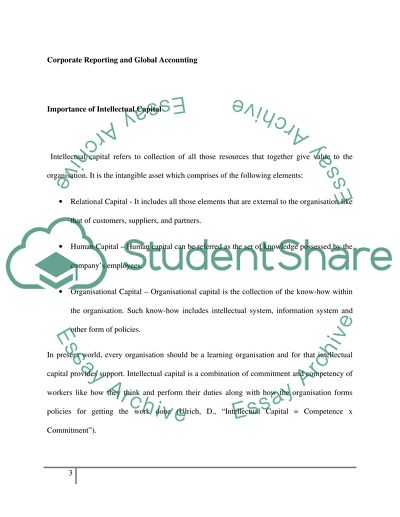Cite this document
(“Corporate Reporting and Global Accounting Essay”, n.d.)
Retrieved from https://studentshare.org/sociology/1513423-corporate-reporting-and-global-accounting
Retrieved from https://studentshare.org/sociology/1513423-corporate-reporting-and-global-accounting
(Corporate Reporting and Global Accounting Essay)
https://studentshare.org/sociology/1513423-corporate-reporting-and-global-accounting.
https://studentshare.org/sociology/1513423-corporate-reporting-and-global-accounting.
“Corporate Reporting and Global Accounting Essay”, n.d. https://studentshare.org/sociology/1513423-corporate-reporting-and-global-accounting.


